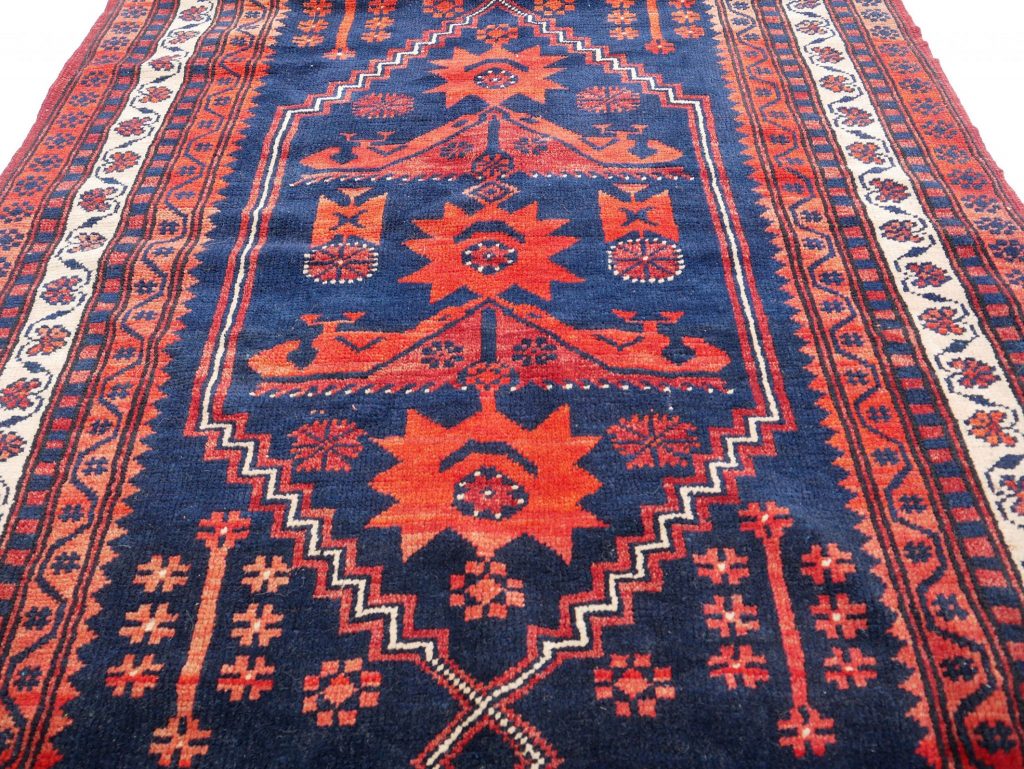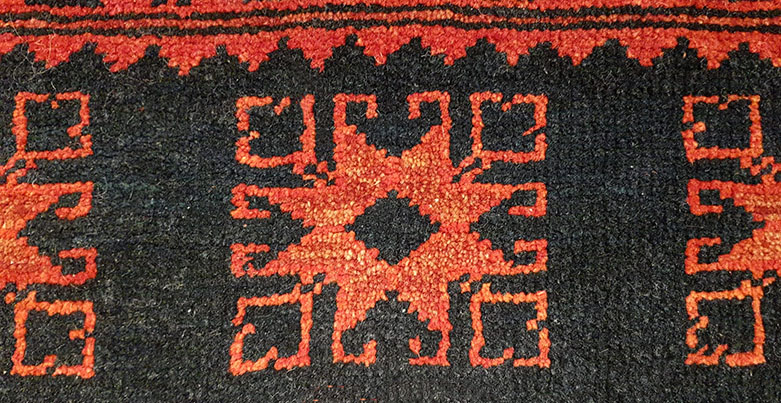
Alberto Boralevi, an architect by profession and a passionate rug scholar
‘… noted that when he saw rugs hanging in their church locations in Transylvania, they were typically mounted on the wall, and that got him thinking that the rugs were woven for hanging, not for floor covering. This suggested a decorative purpose, rather than functional use for praying.’
Prayer rugs are rugs in ‘prayer design’ and they are different from prayer mats, at least, in size.
Can we however consider them decorative?
It is argued that prayer rugs, or rather rugs in prayer design, are part of religious art; they represent the sacred in a manner that is permitted by the strict canons of Islamic law.
Can such rugs though be viewed as votive art?
Spectacular works of art in prayer design were offered in the past to mosques but that does not mean they were endowed with any religious function.

Yağcıbedir rugs, all traditionally in prayer design, too, were commonly offered to mosques in villages in and around Belikesir province.
The so-called ‘Suleyman Seal’ which frequently appears in Yağcıbedir rugs is a motif symbolizing a supplication for a return to health.

In that sense therefore, at least Yağcıbedir prayer rugs may be regarded as votive art.
A.G.
